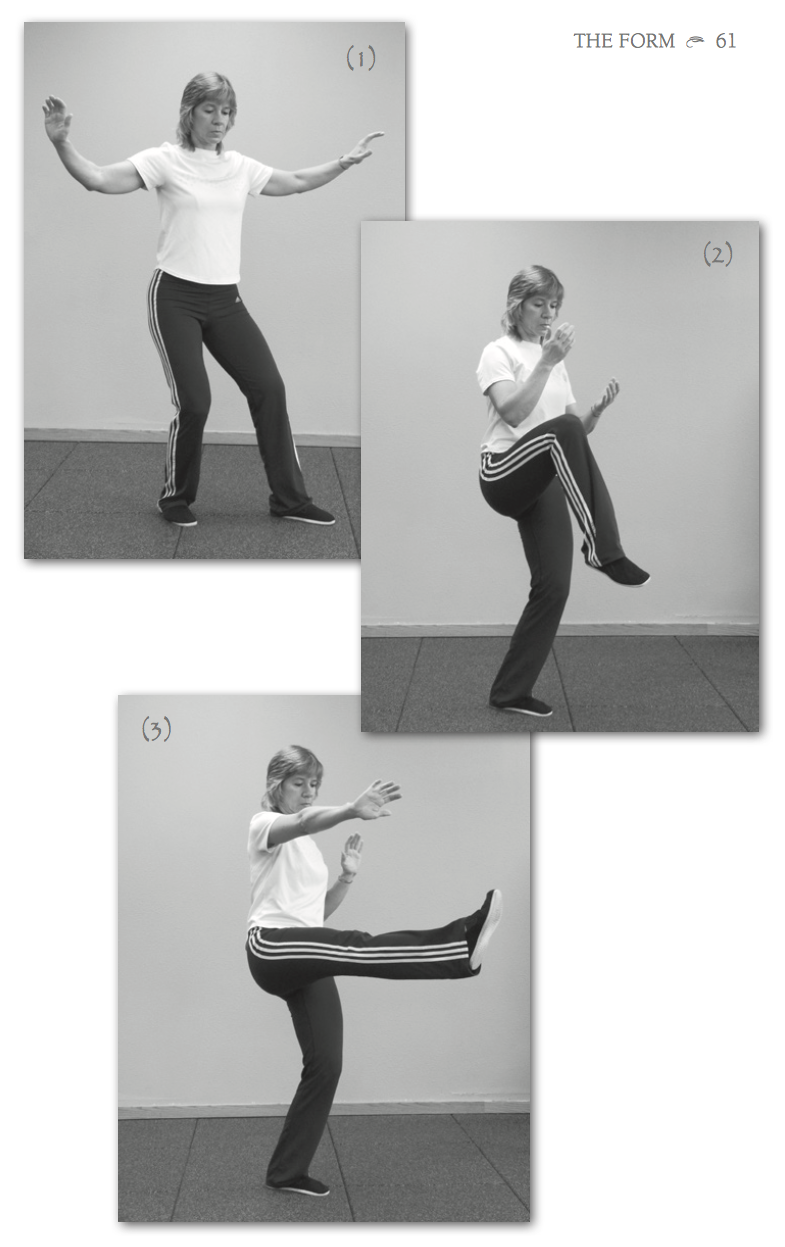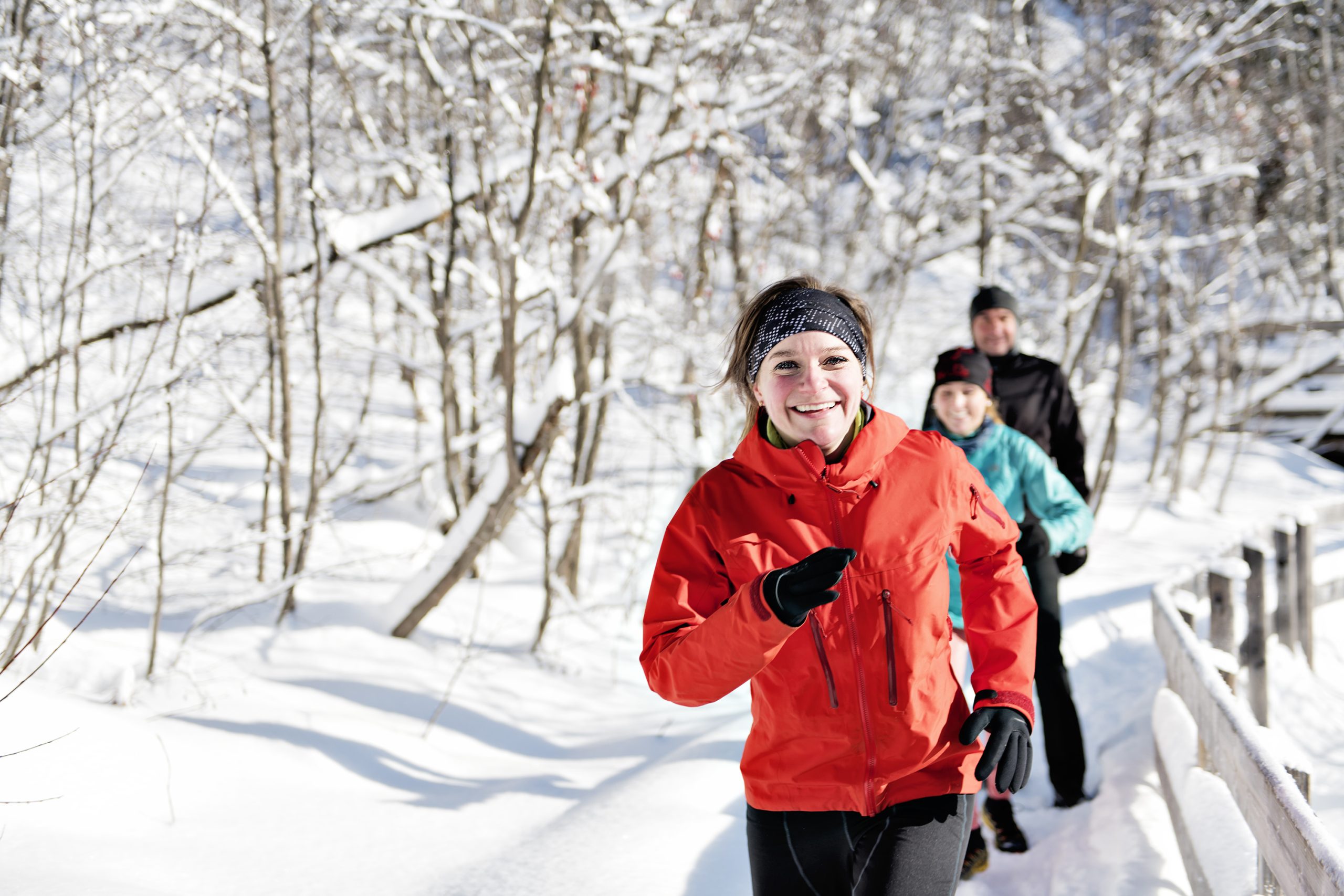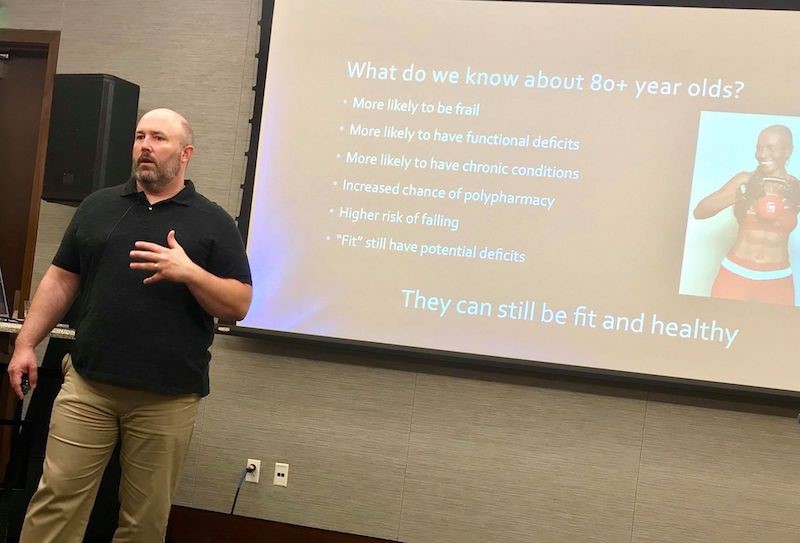Try This Simple Tai Chi Move With Your Older Clients to Improve Their Balance
(this is the last in a series of guest blog posts on the benefits of Tai Chi)
So how can Tai Chi help your clients in their everyday lives? Let’s look at the move in the form called Pushing Chi. It is a really simple move. Here are the basics:
The most important thing about Pushing Chi is to learn to move from the dan tian. As you begin, with one foot forward, bring your hands to the level of your dan tian. As you bring your weight forward, let your hands drift out away from your body. As you bring your weight back, bring your hands back to the dan tian. Since the breathing is very easy to add to this movement, you can incorporate the breathing pattern right away and it helps to relax the body. Breathe out as you push away from your body and breathe in as bring your hands towards your body. Don’t allow your back heel to raise up off the ground as you push forward. Keep both feet grounded. This will challenge some people as they may have a very tight Achilles tendon. If you struggle with keeping your heel down, shorten your stance a little at first. You will be able to lengthen that stance as you develop some flexibility in your foot and ankle.
You can teach a lot of things with this one move. The concepts of columns, substantial and insubstantial, energy flow, begin rooted and grounded, moving from the dan tian and breathing all come into play with this move. Of course, these concepts don’t intuitively transfer to the everyday lives of our clients.
Let’s look first at columns. With Pushing Chi, it is easy to help your clients understand how posture affects their movement. They can look in a mirror and see if their shoulders are staying above their hips. This is important because, as you know, some clients can’t “feel” if their posture is poor. They don’t connect with their bodies as easily as we might do so. But with Pushing Chi, they can visually check themselves and start the process of understanding how correct posture feels.
As a client moves forward and back in Pushing Chi, you can also explain how the concept of substantial and insubstantial is helping them with their balance. Ask them to lift the insubstantial leg and see if they can be balanced on one leg or the other. Obviously, if they can begin to understand how weight shift helps them be more balanced, they can start to translate this to their everyday walking.
Pushing Chi also helps to show clients if their stance is too narrow or too upright, they will be very vulnerable to falling. By teaching the concept of being rooted and grounded and lowering their center of gravity, clients can feel how much more balanced they become with a wider, deeper stance. Women in particular are hesitant to widen their stance. They feel if doesn’t look “lady-like” or it makes them look bigger. But once they feel how much more balanced they become, they want to try it with their regular walking.
Teaching breathing is actually a very difficult concept within Tai Chi. But it is easy for clients to practice with Pushing Chi. Once they understand and feel comfortable with this simple movement, they can start to concentrate on slowing down their breathing and coordinating with the movement. You breathe in as you come towards your body with your hands and you breathe out as you move away from your body with your hands. Clients get a sense of how deeply they can breathe as they do this movement and many of them have never felt the calming sensation that accompanies slow, deep breathing! Tai Chi has been proven to lower blood pressure, stress and anxiety and the breathing component is key to accomplishing these health improvements.
Become a Certified Tai Chi Instructor and take your exercise programming to the next level! Click HERE to find out more!
Dianne Bailey is an experienced martial artist and Tai Chi instructor. She created the Open The Door to Tai Chi certification program so that more fitness professionals can quickly and easily learn how to integrate Tai Chi into their exercise programs to improve balance, strength and cognition with their older clients.











